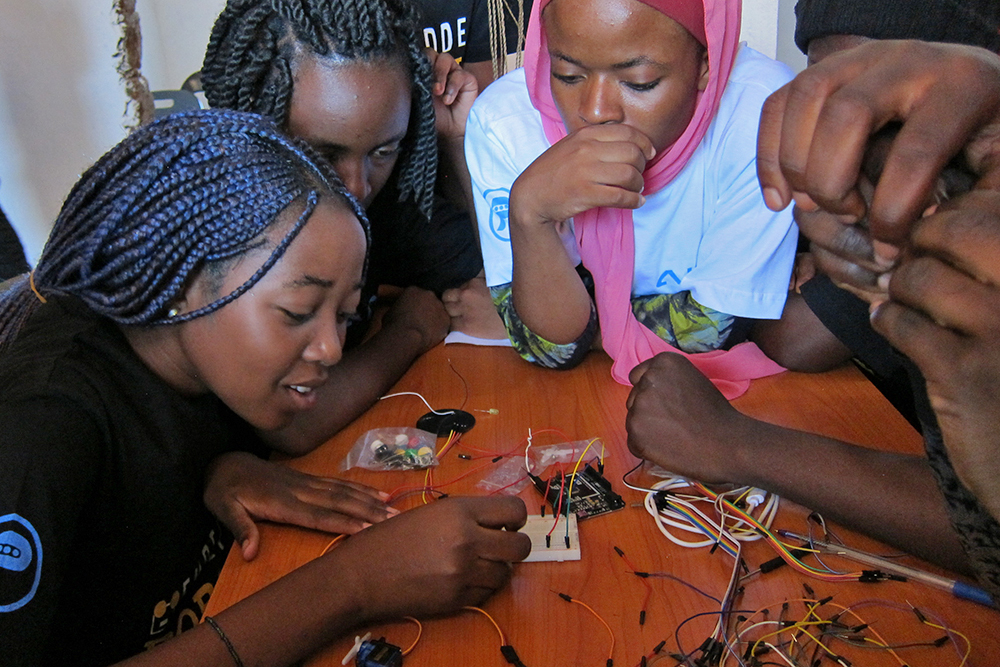MIT’s Laboratory for Information and Decision Systems (LIDS) has received $1,365,000 in funding from the Appalachian Regional Commission (ARC) to support its involvement in the project titled “Forming the Smart Grid Deployment Consortium (SGDC) and Expanding the HILLTOP+ Platform.”
The funding was provided through ARC’s Appalachian Regional Initiative for Stronger Economies, which aims to promote regional economic transformation through collaboration across multiple states.
Under the leadership of Kalyan Veeramachaneni, principal research scientist and principal investigator at LIDS’ Data to AI Group, the project will concentrate on developing AI-driven generative models for customer load data. Veeramachaneni and his team will collaborate with a group of universities and organizations led by Tennessee Tech University, with partners in Ohio, Pennsylvania, West Virginia, and Tennessee, to create and implement smart grid modeling services through the SGDC project.
These generative models have various applications, including grid modeling and training algorithms for energy technology startups. By training the models on existing data, they can generate additional realistic data to supplement limited datasets or replace sensitive ones. Stakeholders can utilize these models to forecast the potential load on the grid under different scenarios, providing valuable insights for future planning beyond what existing data can offer. For example, generated data can predict the impact on grid load if 1,000 households adopt solar technologies, how this load might vary throughout the day, and other crucial contingencies for future planning.
The generative AI models developed by Veeramachaneni and his team will feed into modeling services based on the HILLTOP+ microgrid simulation platform, originally developed at MIT Lincoln Laboratory. HILLTOP+ will be utilized to simulate and test new smart grid technologies in a virtual environment, offering rural electric utilities increased confidence in deploying smart grid technologies, such as utility-scale battery storage. Energy technology startups will also benefit from HILLTOP+ grid modeling services, enabling them to test their smart grid products for scalability and interoperability.
The project aims to help rural electric utilities and energy technology startups mitigate the risks associated with deploying new technologies. Veeramachaneni comments, “This project demonstrates how generative AI can revolutionize an industry, in this case, the energy sector. To be effective, generative AI technologies must be closely integrated with domain expertise. I am excited to collaborate with grid modeling experts and leverage the latest advancements from my research group to push the boundaries of these technologies.”
“This project showcases the power of collaboration and innovation, and we are excited to work with our partners to drive positive change in the energy sector,” says Satish Mahajan, principal investigator for the project at Tennessee Tech and a professor of electrical and computer engineering. Michael Aikens, director of Tennessee Tech’s Center for Rural Innovation, adds, “Together, we are taking significant steps towards a more sustainable and resilient future for the Appalachian region.”





















